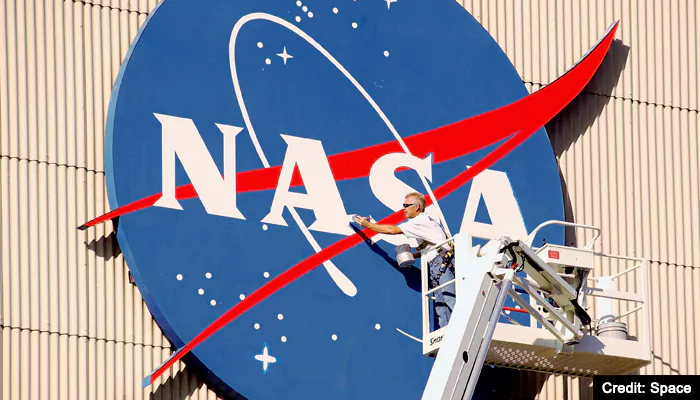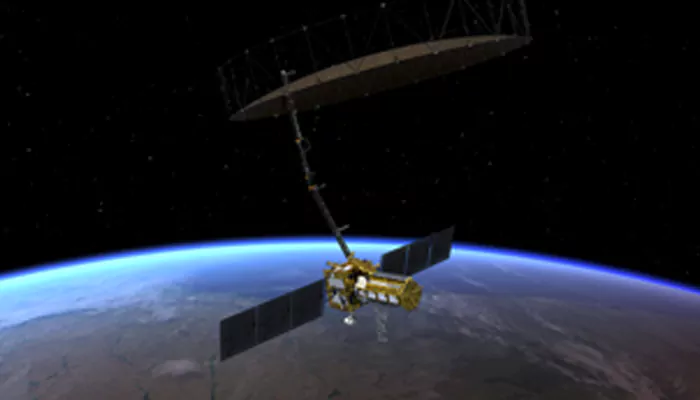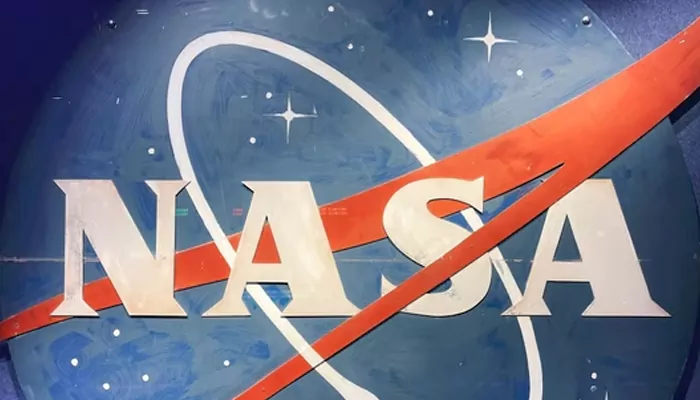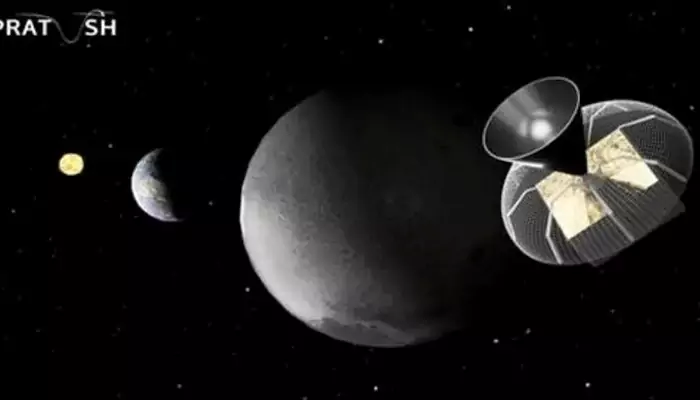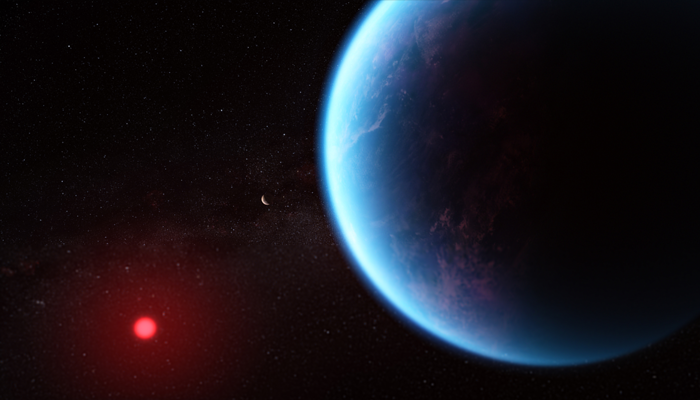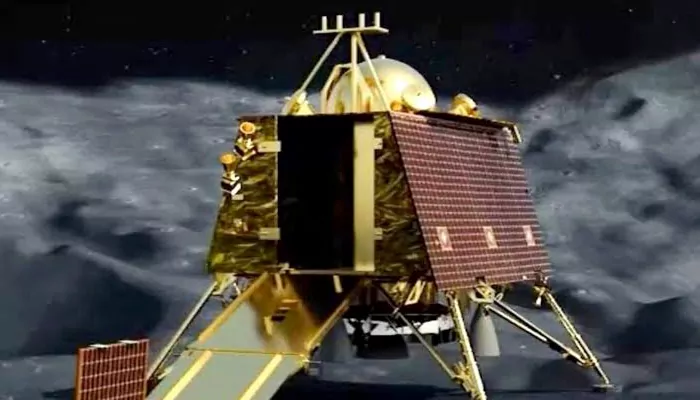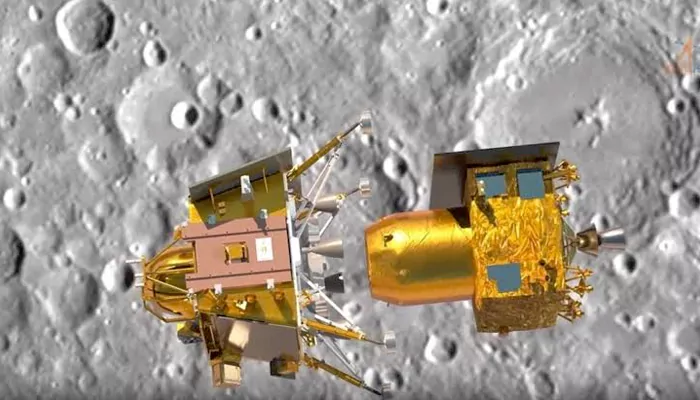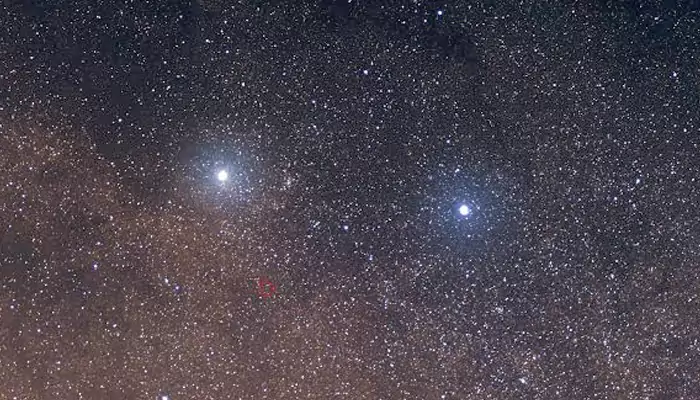Research Finds Moon Has More Water Than Previously Believed: Here's How This Could Benefit Future Lunar Missions
- Sayan Paul
- 1 year ago
- 4 minutes read

Scientists from the Planetary Science Institute found traces of water molecules in all regions of the Moon.
Well, there's no liquid water on the Moon's surface, as there’s no lake, river, and even puddle. Previous studies suggested that water could exist deep underground at the poles - regions untouched by sunlight and heat. However, a recent study found that the Moon may contain a lot more water than previously believed.

About The Discovery
Using mineralogy maps (acquired from the Chandrayaan-1 mission), scientists at the Planetary Science Institute discovered traces of water molecules in almost all regions of the Moon. The study, published in The Planetary Science Journal, suggests that both molecular water (H2O) and hydroxyl (OH) are likely bound in minerals, forming the Moon's rocks and soil. And in certain regions, especially in the craters created by meteoroids, hydroxyl is a lot more abundant.
Sources of #water and #hydroxyl are widespread on the moon, new analysis of maps finds https://t.co/v3UfTGYDmR
— Phys.org (@physorg_com) September 23, 2024
(Credit: Phys.org)
The study further states that the water-bearing materials on the surface of the moon might be a result of geological activities, including cratering and volcanic activity. It is exposed during cratering events and gets gradually destroyed by solar wind radiation over millions of years. Also, the water content found in pyroxene (which is a type of igneous rock on the Moon) can vary based on the angle at which sunlight strikes it.
Now, How This Could Benefit Future Lunar Missions
Several space agencies across the world have been planning significant lunar missions for the coming years, including establishing human settlements on the Moon.
Well, without an iota of doubt, this new discovery would help them enormously. This means that the astronauts now do not have to depend solely on polar regions for water provision. According to Roger Clark, the main researcher in the study, astronauts may even find water near the Moon’s equator, a dry region. He stated that this would not only help reconstruct the geological history of the Moon but also to future manned flights. In his words, "Future astronauts may be able to find water even near the equator by exploiting these water-rich areas. Previously, it was thought that only the polar region, and in particular, the deeply shadowed craters at the poles were where water could be found in abundance."
Sources of water and hydroxyl are widespread on the moon, new analysis of maps finds https://t.co/kG3MCQ2a69 via @physorg_com
— technoglyf (@technoglyf) September 23, 2024
(Credit: technoglyf)
Currently, scientists are looking forward to NASA’s Artemis 3 mission which is expected to gather more information about the same. Researchers are now attempting to understand the lunar swirls and how they occur.
Additional Information: The Moon Was Way Richer With Water Around 4 Billion Years Ago
A few months ago, University of Western Ontario postdoctoral fellow Tara Hayden discovered the presence of apatite — the most common phosphate mineral - on the Moon's surface. This suggested that the crust of the moon contained a lot more water around 4 billion years ago.
Hayden said in a statement, "The discovery of apatite in the moon's early crust for the first time is incredibly exciting — as we can finally start to piece together this unknown stage of lunar history. We find the moon's early crust was richer in water than we expected, and its volatile stable isotopes reveal an even more complex history than we knew before."
The evolution of the Moon.
— Black Hole (@konstructivizm) September 13, 2024
4.5 billion years in 2 minutes.
Credit: NASA Goddard pic.twitter.com/RNa6iXWKux
(Credit: Black Hole)
"Understanding the history of water in the earliest lunar crust is crucial for improving our grasp of the origin of water in the Solar System," stated Mahesh Anand, professor of planetary science and exploration at The Open University.

